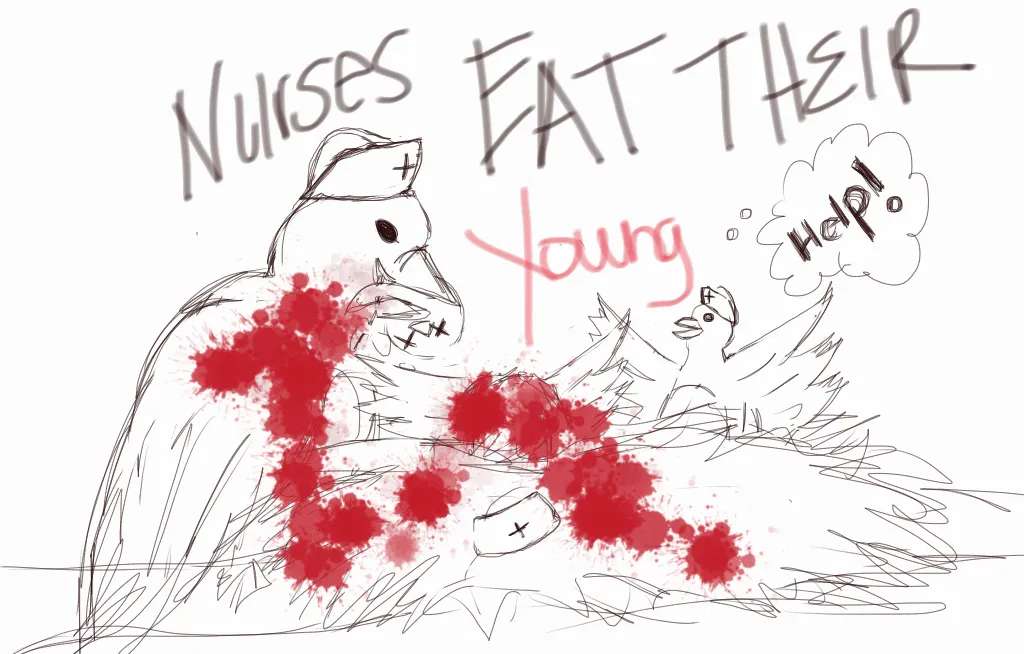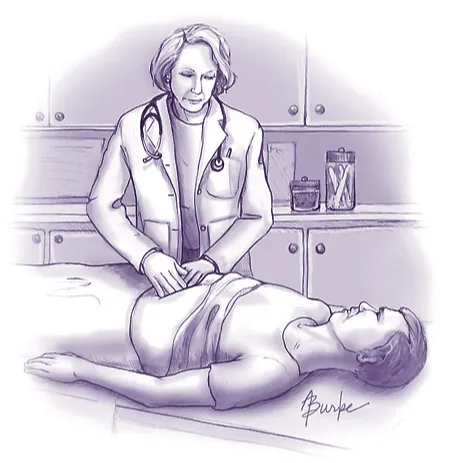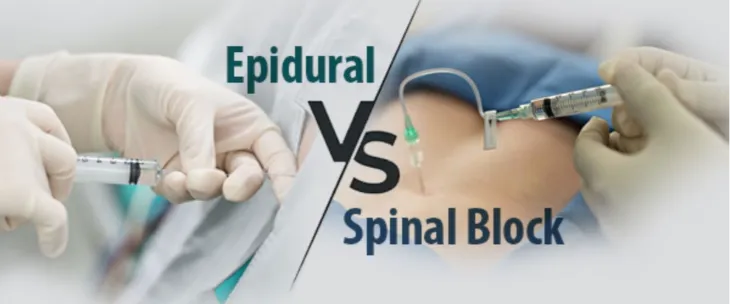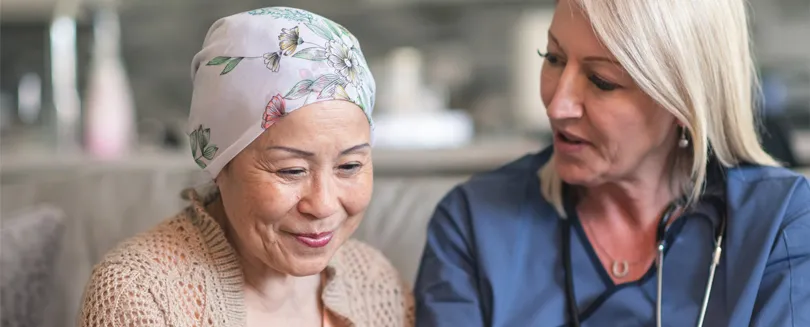Prevention Journal of Nursing

Case Study: A Systematic Approach to Early Recognition and Treatment of Sepsis
Tags: assessment Case Study emergency department guidelines mortality prevention risk factors sepsis standard of care treatment
The term sepsis is often misunderstood. The public and often healthcare workers are unaware of the severity and high mortality rates this infection process has upon the world. Sepsis has vague symptoms that make diagnosis difficult. Often, sepsis is diagnosed in the later stages, when more obvious yet severe symptoms occur. This case study discusses a female who presents to the emergency department with sepsis secondary to pneumonia. Over the course of three days, the patient’s health quickly deteriorates, demonstrating the rapid progression of sepsis. Clinical findings, such as vitals signs, lab abnormalities, and symptoms of sepsis are discussed. The term bundle of care is presented to educate the reader on the golden standard of care for treatment of sepsis. This case study intends to increase community awareness and education to health care providers as well as providing an evidenced-based treatment guideline. More education and raised awareness will help prevent a deadly yet treatable infectious process.
Read More →
Self Examination of Body: An Effective Measure for Early Detection and Treatment Properly of Cancers among Girls/Women in Rural Area and Slum Area of India
Tags: cancer detection early treatment girls india prevention self-examination women
Cancer is the one of the scariest and second largest non-communicable disease. It contributes a sizable in the total numbers of deaths. The World cancer Report, 2003 indicates that cancer rates are set to increase at an alarming rate globally and it would be increased by 50% new cases for the year 2020. In case of India the number is expected to rise seven million by 2015. Ignorance among the public, delayed diagnosis and lack of adequate medical facilities has given it the dubious distribution of being a ‘killer disease’. Only early diagnosis and properly treatment strategies can be prevented the one third of common cancers. It is the prime matter of concern that the female population at their reproductive age and beyond is badly infected by the disease. The incidence of breast cancer, cervix and ovarian cancer are raising steadily. There are several factors like life style and diets specially among urban women associated with this increasing rate of victimization. But among females of rural and urban slums it speaks another scenario because these female populations has a little scope of self examination of their body which is an effective strategy rather than education, awareness and screening test.
Read More →
Health Promotion and Disease Prevention
Tags: cessation disease eating habits health Health Promotion prevention promotion
The United States falls behind in healthy outcomes when compared to other countries.
Read More →
To Gown or Not to Gown? For MRSA Prevention, That Is the Question.
Tags: cdc gown infection mrsa patient room prevention transmission
The Center for Disease Control (CDC) states that standard precautions should be used for all patients and should be enough to prevent the spread of most MRSA cases. However, in acute-care settings the CDC recommends additional contact precautions be implemented when there are ongoing MRSA transmissions, current infections, previous colonization, and in other special circumstances.
Read More →
Videos, Bells and Whistles; Fall Risk or Injury Prevention?
Tags: acute care fall fall prevention falls hip fracture injury litigation prevention risk
The term “Never Event” is not friendly. Never events consist of 28 occurrences on a list of inexcusable outcomes in a healthcare setting. They are defined as "adverse events that are serious, largely preventable, and of concern to both the public and healthcare providers for the purpose of public accountability.
Read More →Get Published for Free
Browse by Tag
advocate aging anesthesia behavior cardiac care Case Study child children clinical compassion COVID-19 critical care death diabetes disease education emergency department end of life ethical principles ethical values ethics future of nursing health health care ICU medication mental health nurse Nurse Education nursing nursing education nursing ethics nursing faculty nursing school nursing students PACU patient care patient outcomes patient safety pediatric poem profession risk factors stress student nurse students teaching therapy treatment
Most Popular Last Month
More from RN Journal
Post-Fall Care Nursing Algorithm
Self Examination of Body: An Effective Measure for Early Detection and Treatment Properly of Cancers among Girls/Women in Rural Area and Slum Area of India
Professional Nursing: Is A Doctorate Degree Necessary?
Cardiac Amyloidosis: The oft times missed cardiomyopathy - A nurse's personal story
Assessing Clinical Outcomes at Discharge with the Modified Rankin Scale (mRS) for Burn Patients
Using Virtual Reality Simulation as a Tool to Improve Clinical Competencies
Be the Nurse you REALLY Want to Be
From Registered Nurse to Field Reimbursement - A Surprising Path to Patient Advocacy
Malnutrition in the Elderly: An Unrecognized Health Issue









